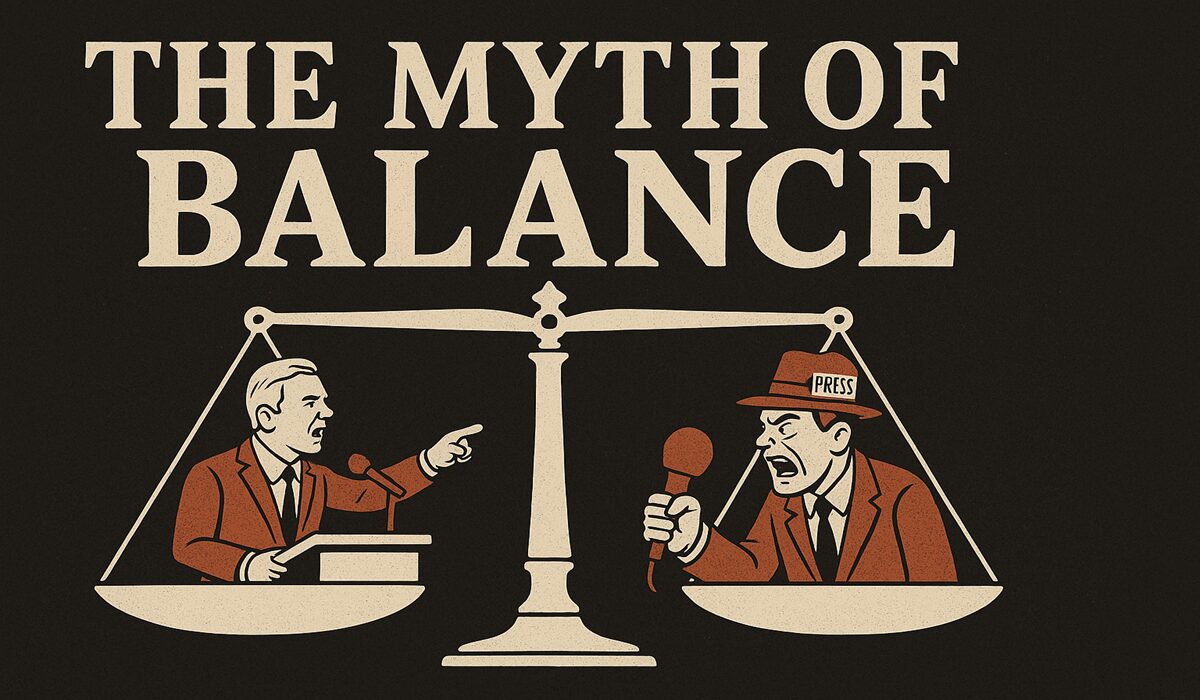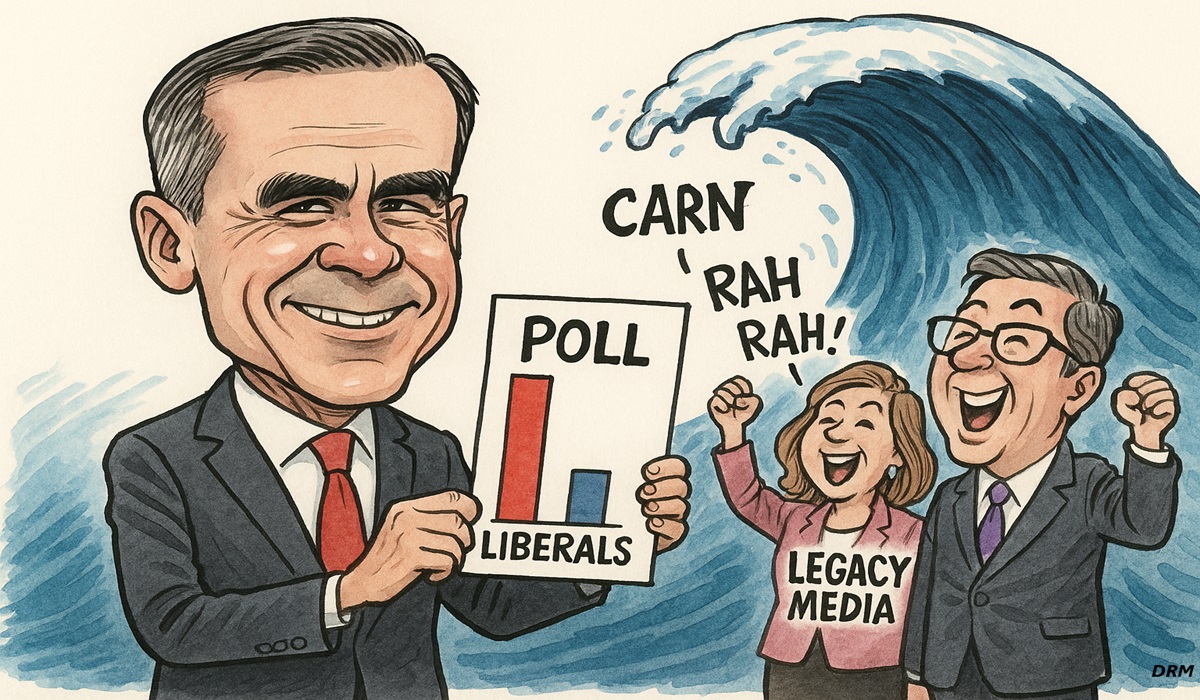Today Is Blue Monday, The Most Depressing Day of the Year
- Ingrid Jones
- D.O.C Supplements - Trending News
- Mind Development
- January 15, 2024

Blue Monday, often dubbed the “most depressing day of the year,” is a phenomenon that has gained widespread attention and recognition. Typically falling on the third Monday of January, this day is characterized by a collective feeling of melancholy and a sense of gloom. However, the concept of Blue Monday is not without controversy, as its origins, validity and the surrounding myths have been subjects of debate.
Dr. Cliff Arnall, a former lecturer at Cardiff University in Wales, initially conceived Blue Monday. In 2005, Arnall created a mathematical formula that considered various factors contributing to a perceived increase in sadness and stress during January. These factors included weather conditions, debt level, time since Christmas, time since failing New Year’s resolutions, and motivation levels.
Although the initial attention garnered by Arnall’s formula, the scientific community has largely discredited the idea of Blue Monday as a genuine phenomenon. The formula has been criticized for lacking empirical evidence and scientific rigour. Mental health experts argue that a mathematical equation cannot accurately predict depression and mood fluctuations and such simplifications may trivialize the complexity of mental health issues.
Over the years, Blue Monday has evolved into a marketing gimmick, with companies and media outlets capitalizing on the concept to promote products and services that claim to alleviate the perceived gloominess associated with this day. From travel agencies offering “Blue Monday escape” deals to wellness brands promoting mood-boosting products, the commercialization of Blue Monday has led some to view it as a manufactured event.
The timing of Blue Monday in January is not coincidental. Many people experience a decline in mood during winter due to reduced daylight, cold weather, and post-holiday letdown. This time of the year is often associated with a lack of sunlight, leading to a condition known as Seasonal Affective Disorder (SAD), which can contribute to feelings of sadness and lethargy.
The aftermath of the festive season can also contribute to the perception of Blue Monday. As the holiday cheer fades away, people may face the reality of returning to work, dealing with accumulated debt, and attempting to uphold New Year’s resolutions.
One common myth is that everyone experiences Blue Monday in the same way. In reality, individuals respond to external factors differently, and not everyone will feel a significant dip in mood on this particular day. The idea that an entire population can collectively experience heightened feelings of sadness on a specific date oversimplifies the complex nature of mental health.
Despite its origins in a mathematical formula, Blue Monday lacks substantial scientific backing. The idea that a specific date can be identified as the most depressing day of the year oversimplifies the multifaceted nature of mental health and fails to account for the individual and contextual differences that influence emotional well-being.
While Blue Monday has become a cultural touchpoint, it is essential to approach it with a critical lens. The concept’s scientific validity remains questionable, and its commercialization has turned it into more of a marketing tool than a genuine reflection of mental health trends. Instead of fixating on a specific date as the “most depressing,” it is crucial to recognize the nuanced and individual nature of mental health, promoting year-round awareness and support for those facing challenges related to well-being.








